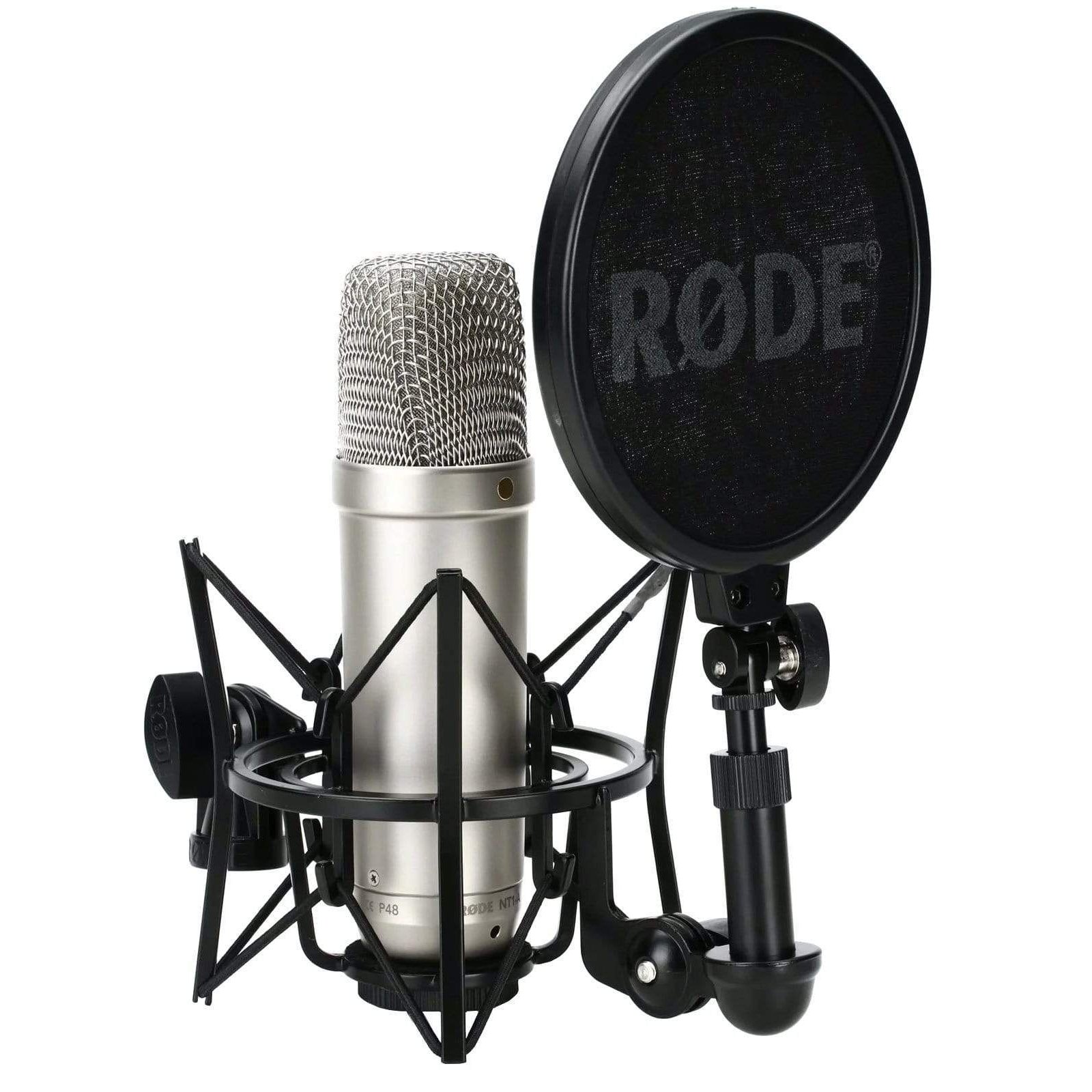
There are a few easy ways to mount a shotgun microphone when podcasting or streaming, depending on your intended use and recording setup.Ī great way to leverage a shotgun mic's high directionality is to attach it to a boompole or stand that is positioned outside of the camera shot. The VideoMic NTG (with the WS-Chroma and RØDE Connect) being used in a gaming streamer setup Mounting a Shotgun Microphone They are also very versatile microphones and are useful for other applications you may need a mic for, such as recording interviews or run-and-gun filmmaking. Shotgun mics are designed for voice recording, meaning they’re perfectly suited to both podcasting and streaming. This is ideal for a gaming or livestreming setup where you don't want your microphone to be in frame, or a filmed podcasting scenario where you and your guests are sitting on a couch or around a table and you want to reduce clutter in the shot.Ĭompact shotgun microphones like the VideoMic GO II and VideoMic NTG are also great for podcasting and streaming when used on a desktop tripod like the Tripod 2. These characteristics allow you to place the microphone further away from what you are recording and still capture crisp, full-bodied audio with far less ambient room sound than if you were using another type of microphone. The biggest advantage of shotgun microphones is their high directionality and excellent off-axis rejection. While not for everyone, there are some scenarios where using a shotgun microphone for podcasting or streaming can be highly beneficial.

The super-powerful NTG5 shotgun microphone – perfect for filmmaking, but also great for certain podcasting and streaming applications Benefits of Using a Shotgun Microphone for Podcasting or Streaming Shotgun microphones vary in size, ranging from very compact (such as the VideoMic GO II) to very long (such as the NTG8), and offer a variety of features, from USB connectivity to on-board high-pass filters and gain controls. For this reason, they are often the go-to microphone in film and video applications, particularly for recording dialogue (when used as a boom or on-camera microphone), as well as sound effects ("Foley") and ambient sound. They are highly directional microphones with a narrow sound pickup, meaning they are more sensitive to sound right in front of the microphone, while sound from the side and behind ("off-axis") is rejected.īecause of this, they are very "accurate" when recording sound at a distance and can be positioned further away from a sound source while still retaining detail and clarity. Shotgun microphones are easily identifiable by their long, thin tubular design.

Rode microphone podcast how to#
Not only are they designed for voice recording, they are also highly directional, making them a versatile option for many recording scenarios.īelow, we’ll take you through all of the important details and features of shotgun microphones, the benefits they offer for podcasting and streaming, and how to rig them up to get the best quality audio for your content. However, shotgun microphones are another great choice that you may want to consider. Traditionally, large-diaphragm condenser and dynamic microphones are behind the full-bodied, in-your-face broadcast sound that has become synonymous with streams and podcasts. The ability to interact and broadcast to viewers and listeners from across the globe with the click of a button has meant that the race for new, exciting and high-quality content is at the top of the priority list for almost every podcaster, streamer and creator. With a worldwide audience in the billions, podcasting and streaming have fast become two of the most popular media formats in recent years, with many turning their talents and ideas into thriving careers.

Using A Shotgun Microphone For Podcasting Or Streaming


 0 kommentar(er)
0 kommentar(er)
